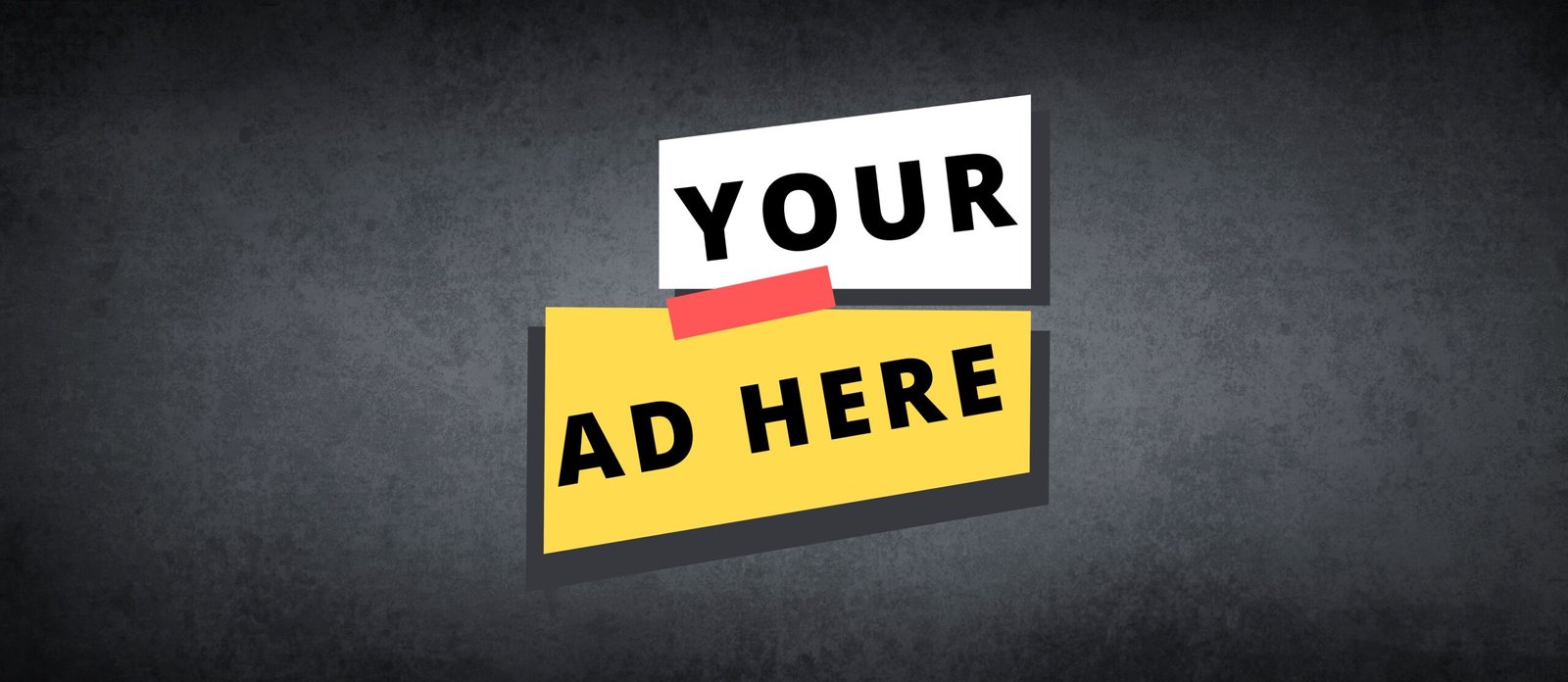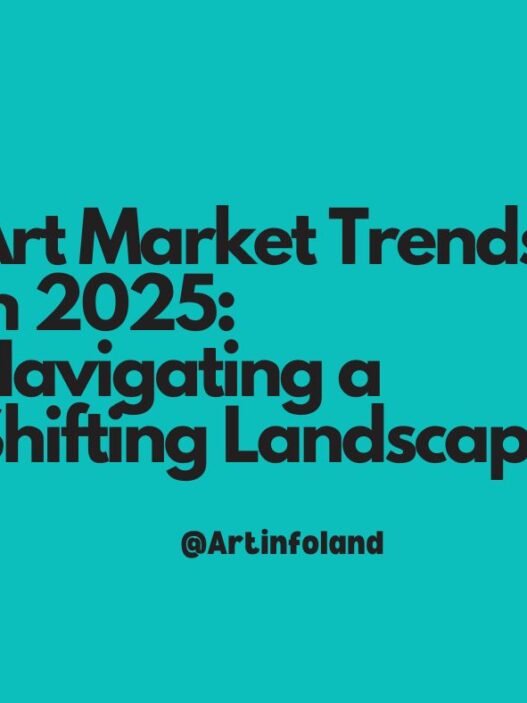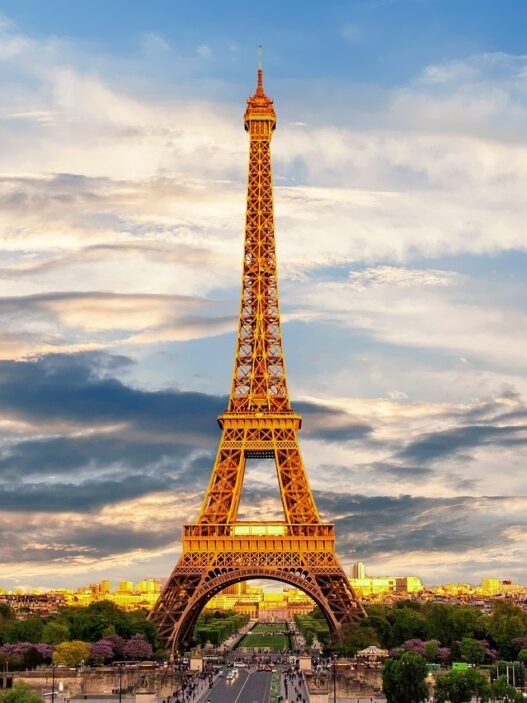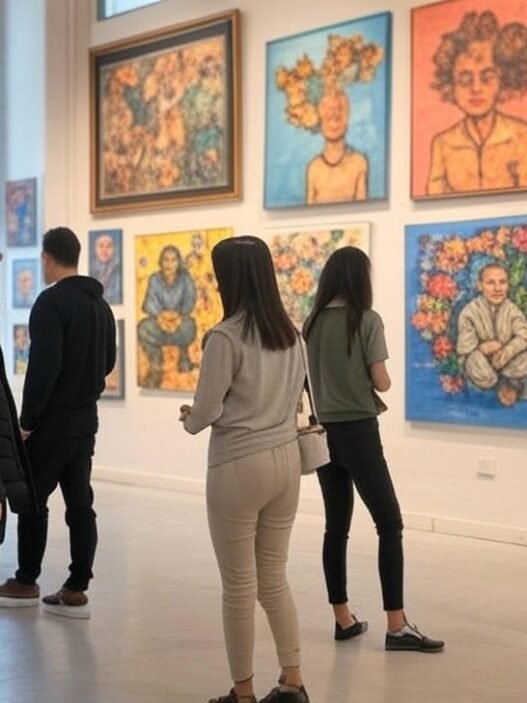Key Points
- Research suggests global art sales dropped by 12% in 2024, with market challenges and tariffs creating uncertainty.
- It seems likely that art fairs are still recovering post-pandemic, with potential need for reinvention.
- The evidence leans toward increased interest in Global South art and antiques, alongside major exhibitions like Willem de Kooning and AI-generated art.
- There is controversy around AI’s role in art, including authentication and social media influence in China.
Market Trends
The art market is facing significant shifts, with global sales declining by 12% in 2024 due to a cooling contemporary market and lack of high-end sales, as reported by the Art Basel/UBS report (Global Art Sales). Additionally, Trump’s tariffs are causing confusion about their impact on art and antiques, adding to trade uncertainty (Trump’s Tariffs). In Italy, a 22% VAT rate is a pressing issue for the art trade, highlighted at Milan’s Miart fair (Tax Issues in Italy).
Regional and Cultural Focus
There is renewed interest in art from the Global South, partly driven by Adriano Pedrosa’s 2024 Venice Biennale, evident at SP-Arte in Brazil (Global South Art). Meanwhile, the antiques market is seeing an uptick, with increased sales at Tefaf Maastricht, suggesting a potential future direction (Antiques Market).
Exhibitions and Technology
Major exhibitions are trending, including Gagosian’s first Willem de Kooning show in 12 years, curated by Cecilia Alemani, and Jeu de Paume’s survey of AI-generated art, “Le Monde Selon L’IA” (de Kooning Exhibition, AI Art Survey). AI is also making waves in authentication, with a Swiss company examining a version of Rubens’s ‘The Bath of Diana’ (AI Authentication). In China, social media platforms like RedNote and TikTok are influencing the art world, with discussions on algorithms and influencer culture (Chinese Social Media).
Report
The art world in April 2025 is witnessing a dynamic interplay of market challenges, regional shifts, and technological advancements, as evidenced by recent reports from leading art news sources. This report provides a comprehensive overview of trending news, drawing from detailed analyses in The Art Newspaper and other credible platforms, reflecting the current state as of 11:28 AM PDT on Tuesday, April 08, 2025.
Market Dynamics and Economic Pressures
The global art market is experiencing significant turbulence, with the Art Basel/UBS report indicating a 12% decline in sales for 2024. This downturn is attributed to a cooling contemporary market and a notable lack of high-end sales, impacting almost every region (Global Art Sales). Adding to this, political decisions are creating further uncertainty, particularly with Trump’s tariffs. These tariffs have led to widespread confusion about whether they apply to art and antiques, scrambling the art trade and prompting urgent discussions among stakeholders (Trump’s Tariffs). In Italy, tax policies are also a focal point, with a 22% VAT rate emerging as a pressing issue for the art trade, especially highlighted during discussions at Milan’s Miart fair (Tax Issues in Italy). These economic pressures are shaping how galleries, collectors, and artists navigate the market.
Recovery and Reinvention of Art Fairs
Five years after the global pandemic, art fairs are still in a recovery phase, with experts suggesting that a radical rethink may be necessary for their viability. The Art Newspaper notes that the sector is grappling with reduced attendance and sales, prompting discussions on how to adapt to new collector behaviors and digital integration (Art Fair Recovery). This trend underscores the broader challenge of balancing traditional formats with modern expectations, potentially leading to innovative fair models in the future.
Regional Focus and Emerging Markets
A notable trend is the renewed interest in art from the Global South, partly catalyzed by Adriano Pedrosa’s curatorial direction at the 2024 Venice Biennale. This interest is palpable at events like SP-Arte in Brazil, where international collectors and curators are fueling a buoyant start, reflecting a broader appreciation for diverse artistic voices (Global South Art). Concurrently, the antiques market is seeing an uptick, with increased sales at last month’s Tefaf Maastricht fair, suggesting that traditional art forms may be regaining traction as investors seek stability amid contemporary market volatility (Antiques Market). This shift highlights a potential reorientation towards historical art, appealing to collectors looking for established value.
Major Exhibitions and Artistic Highlights
The exhibition calendar is also driving trends, with Gagosian staging the first Willem de Kooning show in 12 years, curated by Cecilia Alemani, spanning five decades of the artist’s work. This event is generating significant buzz, drawing attention to mid-20th-century American art (de Kooning Exhibition). Similarly, Jeu de Paume is presenting “Le Monde Selon L’IA,” a wide-ranging survey of work created by artists using analytical and generative AI, reflecting the growing intersection of technology and creativity (AI Art Survey). These exhibitions are not only showcasing artistic innovation but also setting the stage for future discussions on art’s evolution.
Technology’s Role in Art
Technology is increasingly influential, particularly in authentication processes. A Swiss company recently used AI to examine a version of Rubens’s ‘The Bath of Diana,’ believed to be authentic, differing from the leading authority’s assessment, which has sparked debate on AI’s reliability in art verification (AI Authentication). Additionally, the Chinese art world is heavily shaped by social media, with platforms like RedNote and TikTok driving visibility through killer algorithms and a robust influencer culture. This digital engagement is reshaping how art is marketed and consumed in China, with discussions on finding the “sweet spot” for engagement (Chinese Social Media).
Detailed Analysis of Trends
To further illustrate the breadth of these trends, the following table summarizes key metrics and events:
| Trend | Details | Source URL |
|---|---|---|
| Global Sales Drop | 12% decline in 2024, cooling contemporary market | Global Art Sales |
| Tariff Impact | Confusion over application to art and antiques | Trump’s Tariffs |
| Art Fair Recovery | Need for radical rethink, post-pandemic challenges | Art Fair Recovery |
| Italian Tax Issues | 22% VAT rate pressing for art trade at Miart fair | Tax Issues in Italy |
| Global South Interest | Renewed focus post-2024 Venice Biennale, seen at SP-Arte | Global South Art |
| Antiques Market Uptick | Increased sales at Tefaf Maastricht, potential future direction | Antiques Market |
| de Kooning Exhibition | First show in 12 years, curated by Cecilia Alemani | de Kooning Exhibition |
| AI Art Survey | “Le Monde Selon L’IA” at Jeu de Paume, broad look at AI-generated art | AI Art Survey |
| AI Authentication | AI examines Rubens’s ‘The Bath of Diana,’ sparking debate | AI Authentication |
| Chinese Social Media Influence | RedNote, TikTok shaping art world, focus on algorithms and influencers | Chinese Social Media |
This table encapsulates the quantitative and qualitative aspects of the trends, providing a structured overview for deeper analysis.
Conclusion
The art world in April 2025 is at a crossroads, balancing economic challenges with opportunities for innovation and diversification. The decline in sales, tariff uncertainties, and tax pressures are testing the resilience of the market, while regional shifts towards Global South art and antiques offer new avenues for growth. Major exhibitions and the integration of AI are pushing boundaries, with social media further amplifying reach and influence. These trends collectively paint a picture of an evolving landscape, ripe with both challenges and opportunities for artists, collectors, and institutions alike.
Key Citations
- Global art sales plummeted by 12% in 2024, latest Art Basel/UBS report finds
- ‘We are in uncharted territory’: Trump’s tariffs scramble art trade
- Why five years after the pandemic, art fairs are still in recovery
- ‘Alarming situation’: Tax issues dominate discussions at Milan’s Miart fair
- ‘We haven’t stopped a minute’: foreign collectors and curators fuel buoyant start at SP-Arte, Brazil’s biggest fair
- Could the future of the art market lie in antiques?
- Gagosian to stage first Willem de Kooning show in 12 years
- Jeu de Paume puts on wide-ranging survey of work created by artists working with AI
- Did AI just authenticate a version of one of Rubens’s most famous works?
- RedNote and TikTok: what is social media like in the Chinese art world?




















